Ravi Varma’s name conjures a vision of an artist who was revolutionary in his contribution to Indian art. A popular and significant artist of his time he was A prominent representative of Europeanised School of Indian artists. His oleographs of Indian divinities still survive in many homes and shrines and these kitsch prints are framed and sacredly worshipped for posterity. His works are also popular and visible in religious prints, calendars, posters, and other popular arts. Interestingly enough, in the last decade of the twentieth century, with changing perceptions and trends in collecting art, Ravi Varma’s paintings have soared in the art collector’s esteem. Even after a century, he is still one of the most celebrated painters of India. Ravi Varma’s life began in the small village of Kilimanoor, 40 km to the North of Trivandrum in Kerala. Born on 29 April 1848, he hailed from a princely family, very closely linked to the ruling house of the former State of Travancore. Ravi Varma grew up in a traditional environment, learning Sanskrit, listening to the music of the Bhagavatas and watching the performances put up by the Kathakali troupe maintained by the family. Ravi Varma’s mother, Uma Amba Bai Tampurathi was a poet and his father Ezhymavil Neelakantan Bhattatiripad was a Sanskrit scholar. His uncle, Raja Raja Varma was an amateur artist who painted in the Tanjore style. Therefore, when Ravi Varma displayed his interest in painting, Raja Raja Varma encouraged him with the initial lessons.
Raja Ravi Varma: The Most Celebrated Painter of India: 1848-1906 (Classic Collection I)
In stock
Free & Quick Delivery Worldwide
reviews
Bibliographic information
Title
Raja Ravi Varma: The Most Celebrated Painter of India: 1848-1906 (Classic Collection I)
Author
Edition
1st ed.
Publisher
ISBN
8190157612
Length
12p., 46cm.
Subjects

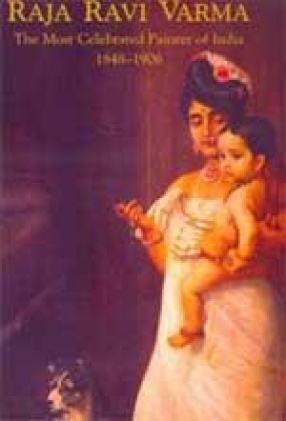
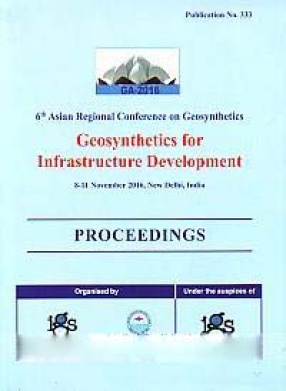
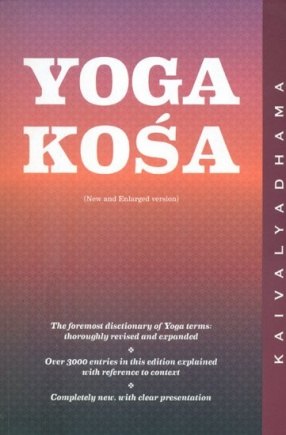
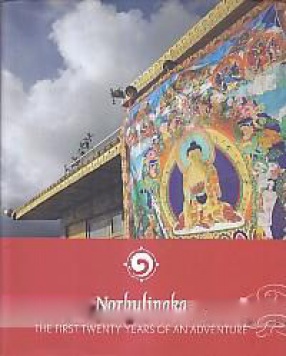


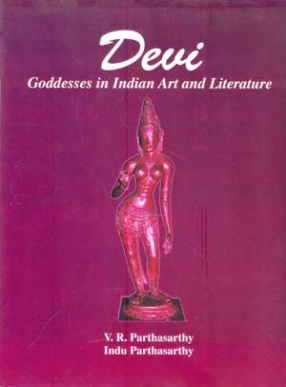
There are no reviews yet.